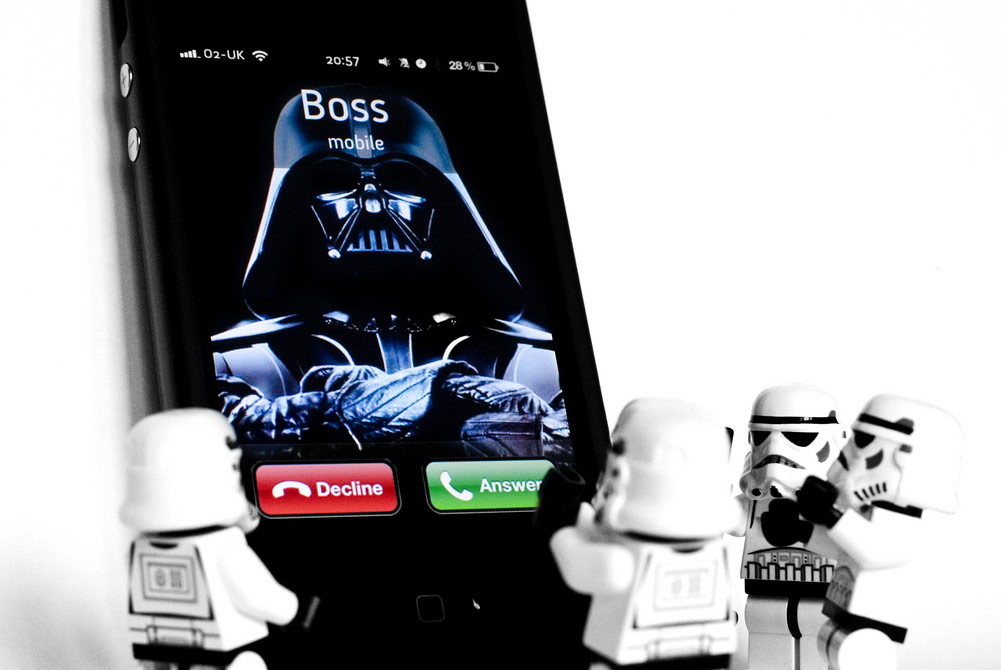
Sure, the iPhone 5 is a big part of Apple’s jump from 35.8 percent market share in the previous quarter, but not the only part.
[aditude-amp id="flyingcarpet" targeting='{"env":"staging","page_type":"article","post_id":599135,"post_type":"story","post_chan":"none","tags":null,"ai":false,"category":"none","all_categories":"business,mobile,","session":"B"}']“The iPhone 5 has been successful this period; however, we also see that Apple’s older models – the iPhone 4S and 4 — have also contributed to the growing share of iOS,” Kantar analyst Mary-Ann Parlato said in a statement. “This is particularly the case for first-time smartphone iPhone buyers where we see the older models still selling well amongs this group.”
In fact, of those who bought an iPhone in the month of November, 40 percent were new smartphone buyers. That’s significant, because it was only early last year that smartphone sales passed 50 percent and only in September that ownership passed 50 percent, both of which mean that there are still plenty of feature phone users out there, even in a supposedly mature American mobile market, who will be upgrading to smartphones over the next year.
AI Weekly
The must-read newsletter for AI and Big Data industry written by Khari Johnson, Kyle Wiggers, and Seth Colaner.
Included with VentureBeat Insider and VentureBeat VIP memberships.
Apple also did well with competing mobile operating system providers: 27 percent of iPhone buyers upgraded from another smartphone platform.
Apple can thank carriers for a large part of the massive jump, as AT&T’s share of iOS sales went up from 62.3 percent to 71.8 percent in the quarter, while its percentage of Android sales decreased from 25.9 percent to 22.1 percent. Verizon’s share of iOS also went from 40.7 percent to 55 percent, while its Android sales dropped below half to 43.1 percent.
RIM dropped almost 6 percent, while Windows Phone showed a slight improvement to move into third place in the smartphone wars.
While this data is U.S.-only and does not reflect international sales where Android is much stronger, it does follow huge quarters by Android, particularly in the July, August, and September period, when it captured 75 percent global market share.
Kantar’s panel data is generated by more than 260,000 consumer research interviews on a year basis in the U.S. alone, and it covers a somewhat nonstandard three-month quarter from September to November.
photo credit: whatmattdoes via photopin cc
[aditude-amp id="medium1" targeting='{"env":"staging","page_type":"article","post_id":599135,"post_type":"story","post_chan":"none","tags":null,"ai":false,"category":"none","all_categories":"business,mobile,","session":"B"}']
VentureBeat's mission is to be a digital town square for technical decision-makers to gain knowledge about transformative enterprise technology and transact. Learn More